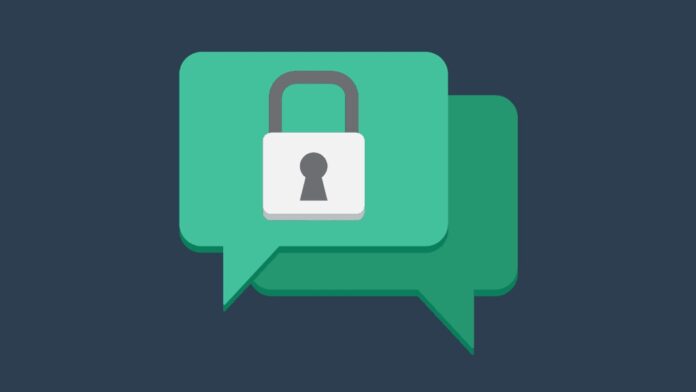As more communication and sensitive information storage shifts online, people desire greater confidence that their matters remain confidential. This sparks interest in encrypted messaging and private note services boasting state-of-the-art security to protect user data.
Lowdown on encryption
Encryption utilizes complex algorithms to encode plain text messages into indecipherable code that looks like a long string of random gibberish to unauthorized parties. Only recipients with the assigned digital key can decrypt and convert ciphertexts back into readable form. End-to-end encryption ensures messages stay secured from sender to recipient without even the service provider being able to access contents.
Role of the service provider
What are the benefits of safenotes? With most private messaging services today, the service provider supplies the platform but claims no ability to access actual message content thanks to end-to-end encryption. However, it remains possible for service providers to hand over encryption keys to authorities if compelled by court order. This still gives more protection than standard messaging or email, but 100% confidentially from all third parties is guaranteed.
Securing the human element
Encrypting data offers little protection if the humans in the loop mishandle access. Senders must take care only to share private keys and create notes intended for the eyes of authorized recipients. Recipients should avoid security lapses like taking screenshots to save copies of private messages slated for deletion or accessing private notes over unsecured Wi-Fi networks exposing activity to hackers. Users themselves often pose the greatest threat to privacy by mishandling access. No encryption compensates for lackadaisical security habits allowing data to fall into unintended hands.
What about anonymous apps?
Some private messaging apps offer options for more anonymity by communicating without disclosing personal identifiers like usernames or phone numbers. However, even though apps shield identities between users, the service provider itself still retains subscriber data like email addresses, IP addresses, and payment details that could potentially be subpoenaed to reveal identities. These apps obstruct unwanted intrusion from friends, employers, marketers, and hackers but offer limited protection from legal authorities if pressed hard enough with court orders.
Reading messages on wearables
Smartwatches add another dimension of digital security to consider with private messaging. Messages flashed on wrists risk increased visibility to shoulder surfers able to glance at notifications when guards are down. Additionally, wearable devices come loaded with their suite of sensors recording activity through steps, heart rate, and GPS locational tracking that supply data points possibly pieced together to infer message contents by sophisticated analytics software leveraging contextual clues. For absolute privacy, avoid reading encrypted messages intended for deletion on connected wearables paired to your phones and accounts.
Closing security gaps
No messaging solution offers perfect impenetrability. However, users take measures to reduce security gaps posing liability. This includes consistently updating apps to the latest versions, scrutinizing permissions closely, enabling two-factor authentication requiring secondary credentials for account access, avoiding public Wi-Fi to access private notes, and utilizing device locks as well as biometric scans for enhanced mobile security. Additionally, users would be wise to educate recipients on basic cyber security precautions when sharing private encrypted messages intended for deletion after reading.



